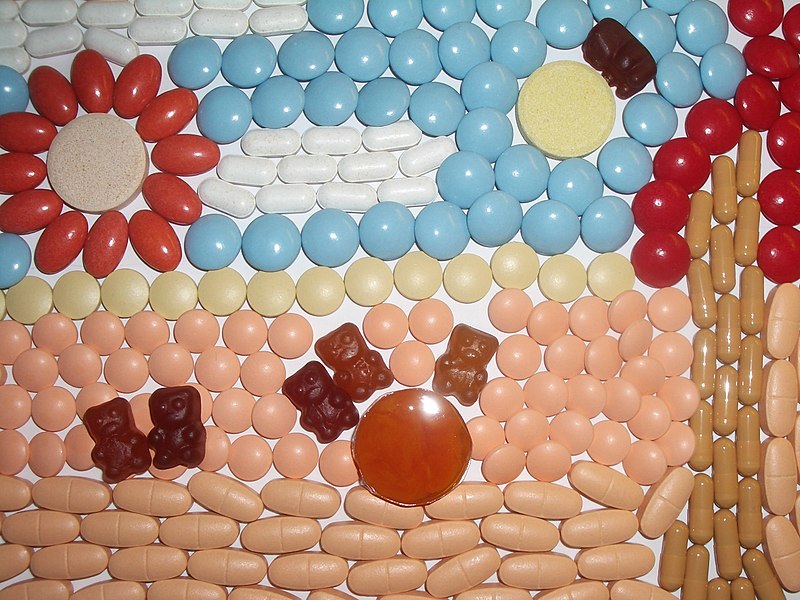The nutritional fortification of our food is a big deal. Sometimes, food is enriched with nutrients that are lost during food processing, like when nutrients are added back to flour. Then there are foods that are fortified to provide more nutrients for health. Cereals are a good example.
The enrichment and fortification of our food is of importance to public health. Micronutrient deficiencies are an issue in developing nations, as well as underprivileged segments of our population. As such, the World Health Organization has recognized the fortification of food with micronutrients as beneficial to public health because it can “deliver nutrients to large segments of the population without requiring radical changes in food consumption patterns.” (see this publication from WHO and this post from CDC for more info).
So the fact that these nutrients are being removed from food just to obtain a certification that is of no health benefit is mind boggling, because our food is actually becoming less healthy because of it. Genetically modified yeast and bacteria are often used to make micronutrients because they're very efficient. Think of them as vitamin producing mini-factories. At the same time, many vitamins use corn or soy as starting material in manufacturing, and this corn or soy may be genetically modified which is somehow a "health risk"...
 |
| Multivitamins. Image from Wikimedia Commons. |
No doubt there are detractors who argue that fortification and food enrichment does not address the issues that we’re facing with nutritional deficiencies in America; that we should strive towards diets with more fresh fruit, vegetables and whole grains as sources of vitamins and minerals. While I agree this is the ideal and should be our societal goal, we cannot simply reduce the enrichment of our food without having achieved it. The removal of these nutrients due to a marketing label that has no scientific basis puts at-risk individuals in our population in harm’s way.
In reading the second-to-last paragraph, it occurs to me that the argument that residual harmfulness has somehow been carried forward through food processing to micronutrient production is in complete agreement with the notion that homeopathic medicines possess any of the positive qualities of the original material. It is somehow merging spirituality and belief with chemistry, and I do not know how to properly formulate an argument to counter something that is rooted in spiritual belief, posing as science. There must be a way to bring these people out of the Dark Ages without ridicule or accusations, I just do not know what it is. Yet, we must try, for the sake of future generations.
ReplyDeleteThat's an excellent point! Do you mind if I make a meme based on this?
DeletePlease do not speak of GMOs as if they were one thing. Golden rice is not glyphosate ready soy. So concerning Glyphosate GMOs, know this: Glyphosate was patented as a chelator, meaning it binds to many metals, including ones we need like manganese (crucial for our health). It may be chelating these trace minerals out of our soil, especially in recen t years as more glyphosate has been sprayed to combat super weeds. Here is a more balanced article on the concerns of trace mineral chelation from glyphosate usage. It speaks to the unknowns. Why do we have these basic unknowns when we know glyphosate chelates decades ago? Why has this not been tested prior to us using 650,000tons a year of it? https://www.btny.purdue.edu/WeedScience/2010/GlyphosateMn.pdf
ReplyDeleteI'm not sure what you're referring to. This post is about vitamins and nutrients that come from engineered bacteria and yeast.
Delete